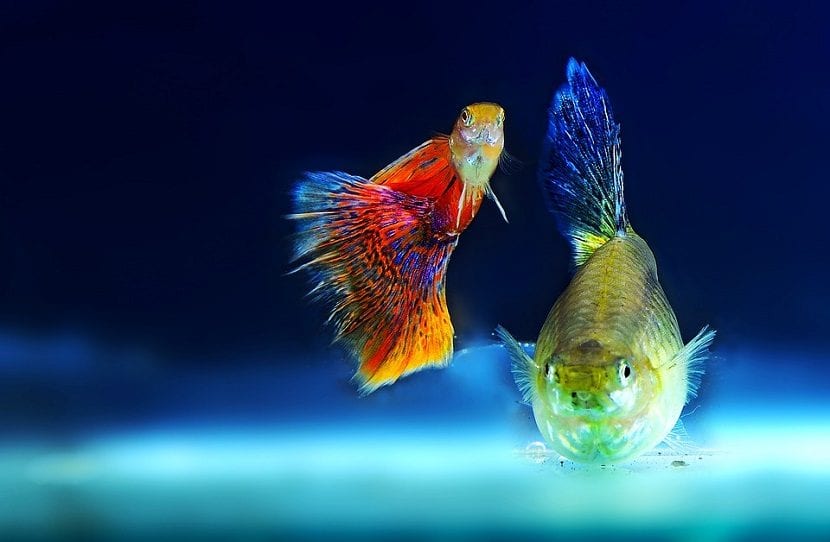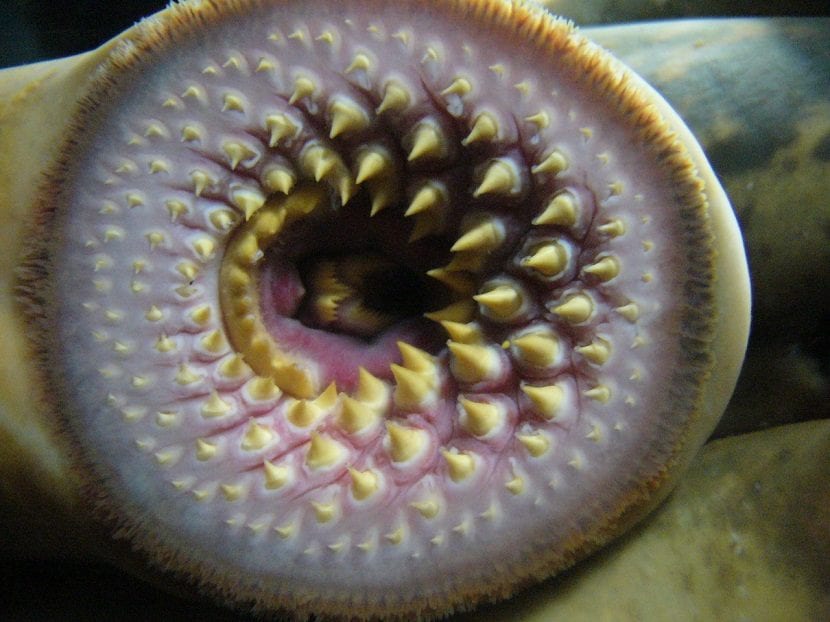
At first, the question seems very difficult to answer. However, it is also true that many studies have been done, and that little by little we are trying to find the exact figure of species de peces that exist on the planet. It is clear that they are not few, since new ones are continually discovered.
These friendly animals populate the rivers, lakes, seas and oceans providing color, joy and many other things. However, as with many other animals, there is a huge variety de peces beyond what we commonly see and are close to us.
We are going to use the network of networks to make a calculation approximate of at least the species de peces that they know. Many of them are classified. Taking into account that new ones are discovered from time to time, we try to reveal the secrets of all of them as soon as possible.
In this article we are going to address just that: how many species de peces there are, what are its characteristics, etc. With this, it is intended that you get closer to these peculiar creatures and that you know much more about them.
General data

In total, on planet Earth there are approximately 27.000 species de peces acquaintances. There are many, it is true, but as we have said, that number increases every so often, due to the new species that are discovered. To this number we have to add that it is divided into 400 different families.
Moreover, the 400 families that we have commented are divided, in turn, into two classes and two subclasses each. These categories are made, of course, in order to have all species classified, as this helps a lot in future research.
Let's do more numbers. Of the 25.000 known species, 8%, that is, a total of 8.000, they are kept as ornamental fish. We also have to say that the most important groups are cyprinids, characins, catfish, carp, labyrinths and cichlids.
The truth is that catalog the species de peces It is a fairly arduous task, but it is carried out little by little, serving a lot of help. This task is usually done by different types of people, although that does not matter if it is about work. The point is to bring everything to a successful conclusion.
We don't know if we'll ever know the Total quantity of species that exist, but for the moment, the work must continue forward, making every effort to give categories to all the animals that, at least, we know. We are sure to get more than one surprise.
Fish concept and species concept
Fish have many characteristics that distinguish them from the rest of the inhabitants of planet Earth. One of them, which is perhaps the most prominent, is that they are one of the oldest vertebrates.
Specifically, when we speak of fish we refer to the "vertebrate animal of simple circulation, provided with fins, with the body generally covered with scales, that breathes through gills and reproduces through eggs".
As mentioned above, within the group we call “fish” there can be several divisions or subgroups called species. de peces. Yes, we may have heard frequently about species but... do we really know what a species is? We will explain it below, so that this text will be more understandable.
A species, this time a biological species, is the set of organisms or natural populations capable of interbreeding and producing fertile offspring, but cannot do so with members that belong to other species.
Species de peces

Assessing the number of species that exist within a given animal is certainly a laborious task. To carry it out, a multitude of studies, field work and other techniques are necessary that lead us to achieve this objective.
Within fish, this work has already been developed and updated in an almost permanent way, which leads us to the fact that, today, it is estimated that they are a total of 27 species de peces those that stay in our waters. This, translated into other words, means that fish account for 9,62 percent of the total land animal species.
In turn, to make them easier to identify and others, all these species have been cataloged based on their similarities in various groups.
Mainly, there are four groups of species de peces that have originated: jawless fish, cartilaginous fish and bony fish.
Later we will describe roughly how each of these groups are also named as classes or superclasses.
Classes de peces no jaws

The first of these classes that we discussed in the previous section includes fish without jaws or fish agnate, divided into lampreys and hagfish.
All the lampreys, to give you a slight idea, they are very, very, similar to eels. Of course, they do not have any kind of kinship with each other. They have an elongated, gelatinous body with a cylindrical shape. Their skin is flaky and really slimy and slippery. They can inhabit both salty and fresh waters and reproduce by means of eggs.
Meanwhile, the hagfishPopularly known as witch fish, they are among the oldest vertebrates on this planet. Really, these fish are very strange creatures. Its body is long and, as in the case of lampreys, it is completely covered by a gelatinous, sticky substance, etc. In the absence of jaws, they have developed a pair of structures located in the external area of the mouth that allow them to capture their prey. In addition, on several occasions they enter the organism of other living animals, which they gnaw and devour their entrails thanks to a protruding, toothed tongue. However, this practice is not usual since they normally eat the meat of dead animals. They live at the bottom of the seas where light is scarce, which has played a key role in the poor development of their senses.
Species de Peces cartilaginous

The cartilaginous fish they are also one of the most primitive beings. Its main characteristic is that its skeleton is not made up of bone, but is shaped by cartilaginous structures. They are also striking for presenting external gill slits. When we talk about cartilaginous fish we are talking about sharks, rays and chimeras.
Sharks, also called sharksThey are one of the strongest predators in the animal kingdom. In truth, they have not changed much in terms of morphology, so it could be said that they have remained practically immune to the passage of time.
Stingrays share many traits in common with the previous protagonists, sharks. They are mainly distinguished from them by having a body arranged in a ventral position adopting a flattened shape.
Last we find the chimeras. These fish are one of the rarest and oldest animals that exist. Today very few species of chimeras survive. To get an idea, as far as shape is concerned, they walk halfway between sharks and rays. They are usually nicknamed as rat fish and they live in deep sea waters.
Classes de peces bone
Of all the species that de peces There are, those that are under the umbrella of those called bony fish are the most common and the ones we are most used to seeing. Called bony fish because their skeleton is made up of bones and they have gills that are protected by gills. Based on their fins, bony fish can be distinguished between actinopterygian fish y sarcopterygian fish.
Actinopterygian fish are bony fish whose fins are provided with structures called rays.
Sarcopterygian fish are bony fish that have lobed fins. As a curiosity, they were the ancestors of amphibians.
how many freshwater species are registered worldwide
The fish are all incredible
It would be very good if they put the sources from which they extract the information ...
What a pity the little interest on the subject. When you don't know, in addition, it is easier to talk and talk. What do the corresponding ministries do? a fortune, and in them you expose 12 species, If you ask them why they do not put all those of the Spanish coast, they answer that they only publish those of a certain commercial interest, they send them to guevos again, and so on.